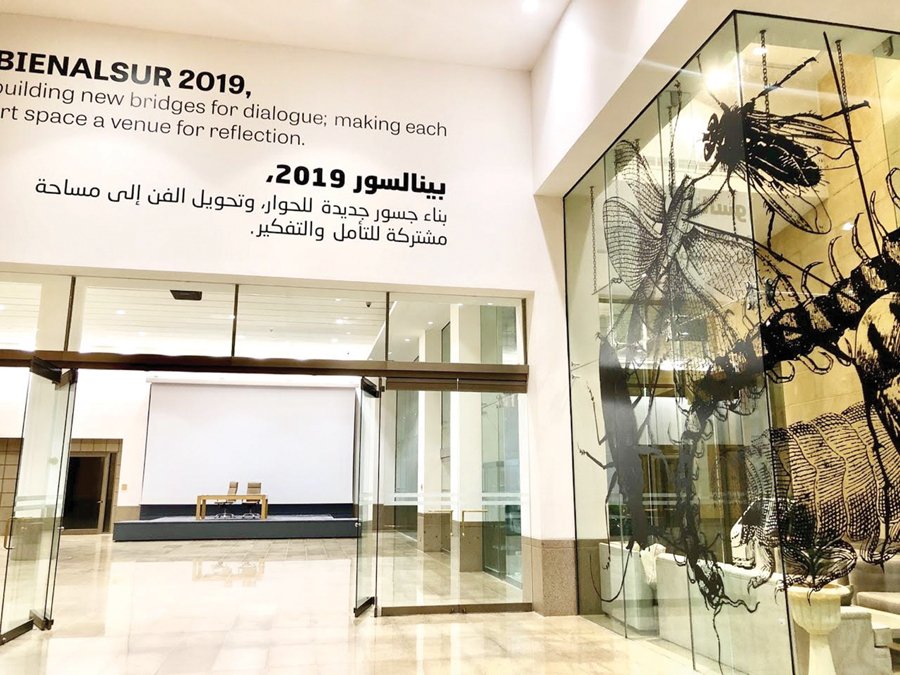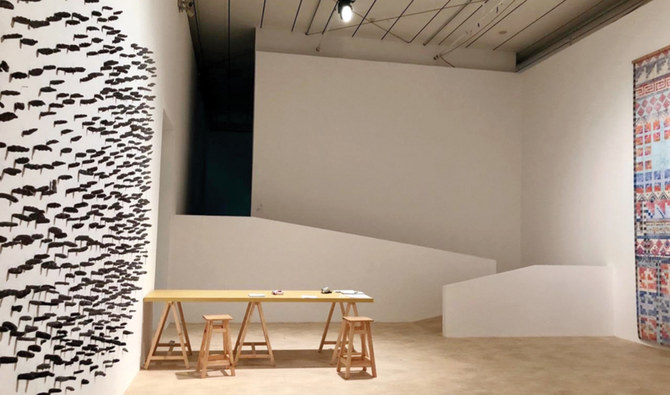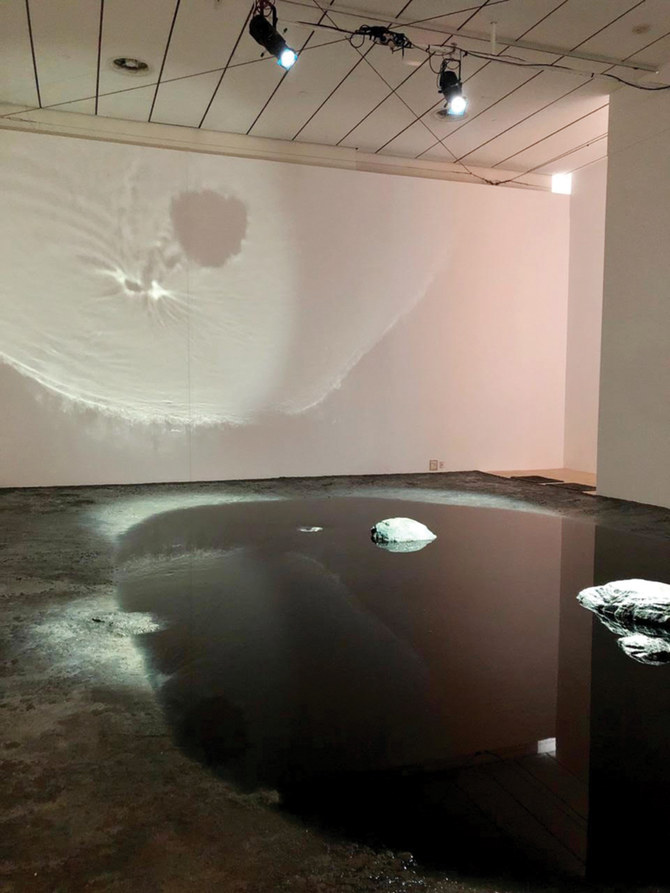





Sarah AlSuhaimi
RIYADH: The biennale event is hosted by the Ministry of Culture within the Quality of Life Program in collaboration with National University of Tres de Febrero, Argentina. The grand opening for the biennale was on Nov. 5 and it will run until Dec. 5
The second edition of the world’s first contemporary travel art biennial “BIENALSUR 2019” will be closing its 2019 edition in Riyadh after traveling across five continents and 43 cities in 23 countries.
During its global tour, it showcased works of 400 artists in more than 100 venues worldwide.
The exhibition featured several international artists, four of whom are Saudi: Fatima Al-Banawi, Sara Abu Abdallah, Faisal Samra and Ayman Zedani, showcasing their creativity to the world with 16 masterpieces.
Biennale is an Italian word that translates to “once every two years.”
But what makes BIENALSUR special is that this biennale travels around the world, aiming to strengthen cultural ties through art works.
Hailing from South America, it is the first world-traveling contemporary art biennale.
The first edition started in 2016, and the second edition launched in June.
It started in Buenos Aires before finally ending in Riyadh, the first stop in the Middle East.
Being a part of the BIENALSUR journey supports the Kingdom’s 2030 Vision reform plans and the Ministry of Culture’s ambitions by highlighting Saudi culture through contemporary art.
“Our participation in this edition of BIENALSUR is helping to build bridges of understanding between cultures. Dialogue is so important. I am delighted that our talented Saudi artists can be part of creating that dialogue,” said Prince Badr bin Abdullah bin Farhan Al-Saud, minister of culture.
The second edition — titled “Restoring Stories, Restoring Imagination” — invites the audience to explore contemporary art and have an experience that reflects their own lives.
The works in the biennale encourage intercultural dialogue and understanding through providing the audience an unforgettable experience.
A blink of an eye
The reason behind Fatima Al-Banawi calling her work “A blink of an eye” is because major changes happen in our lives within a blink of an eye. It is a video performance piece that shares five stories from the other story project.
It highlights many people’s stories in a way when the audience see it they think it is one person’s story, but in reality it is a collection of many.
“I want to personalize the lives of others, and that is why it is called the other story,” Al-Banawi said. “When we separated ourselves from the screen of our phones, we think that these experiences only happen to these people, but not to us, and through the installation the viewer can interact with a story in a deeper way.”
“When I work on storytelling, I am speaking in a universal language, and through the Vision 2030 Saudi Arabia is addressing a universal language by using arts, culture, storytelling and filmmaking to speak to the local and the global society,” Al-Banawi said.
“One thing I always remind myself and my colleagues is to go ‘glocal’ — going local but also global, when you go glocal you are real, raw and original. You have pride in your heritage. You are not following any international standard. When you go local you go real, and when you go real you can go international,” she said.
Azal
Ayman Zedani’s work explores how time is tangible. “I turn time into a physical element,” said Zedani.
Zedani has an outstanding way of turning time to a physical masterpiece, which the audience can interact with.
“Azal” is an interactive installation that records time in a physical way. It highlights how time can be tangible. The installation is made of dyed liquid poured inside pottery cups. The ink bleeds through the cup, ensuring that the process is an active part of the art.
This process means that no two cups are identical, they are different patterns that emerged from the ink seeping into the two cups.
The result is an object that acts as a timing piece, archiving the ink-seeping process.